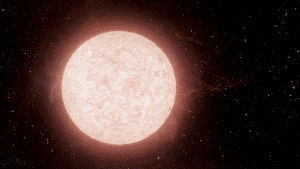Gli spasimi di morte delle supergiganti rosse
Per la prima volta, gli astronomi hanno ripreso in tempo reale la drammatica fine della vita di una supergigante rossa. Hanno osservato la rapida autodistruzione di una stella massiccia situata a 120 milioni di anni luce dalla Terra nella galassia NGC 5731 e le sue ultime fasi di morte prima di collassare in una supernova di tipo II. Guidato da ricercatori della Northwestern University e dell'Università della California, Berkeley (UC Berkeley), il team ha osservato la supergigante rossa durante i suoi ultimi 130 giorni prima della sua detonazione fatale. La scoperta, pubblicata sull'Astrophysical Journal, contraddice le idee precedenti su come…
